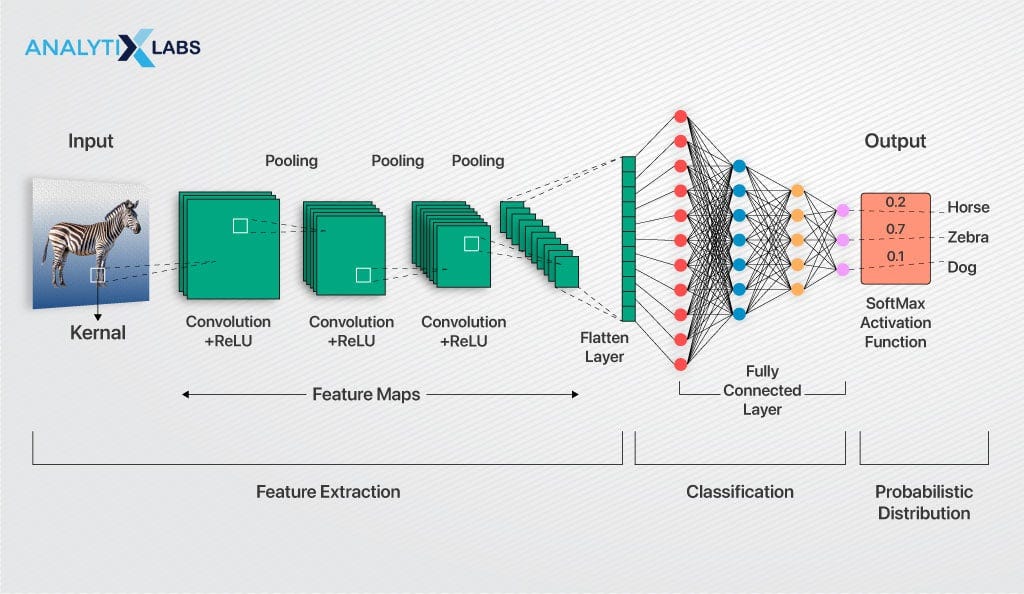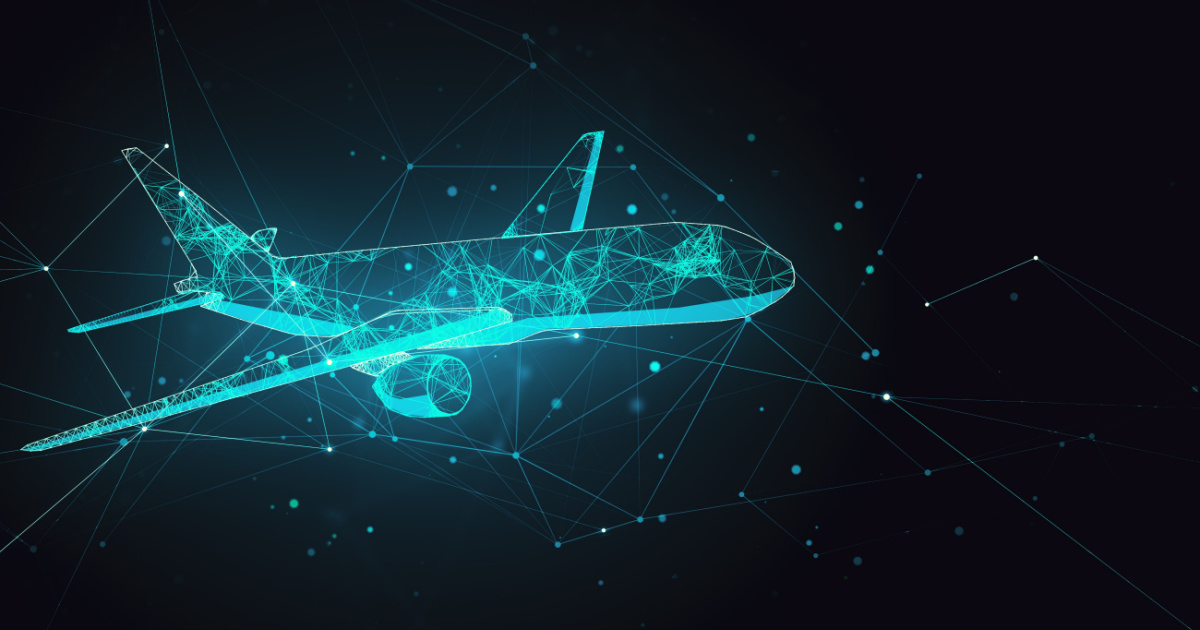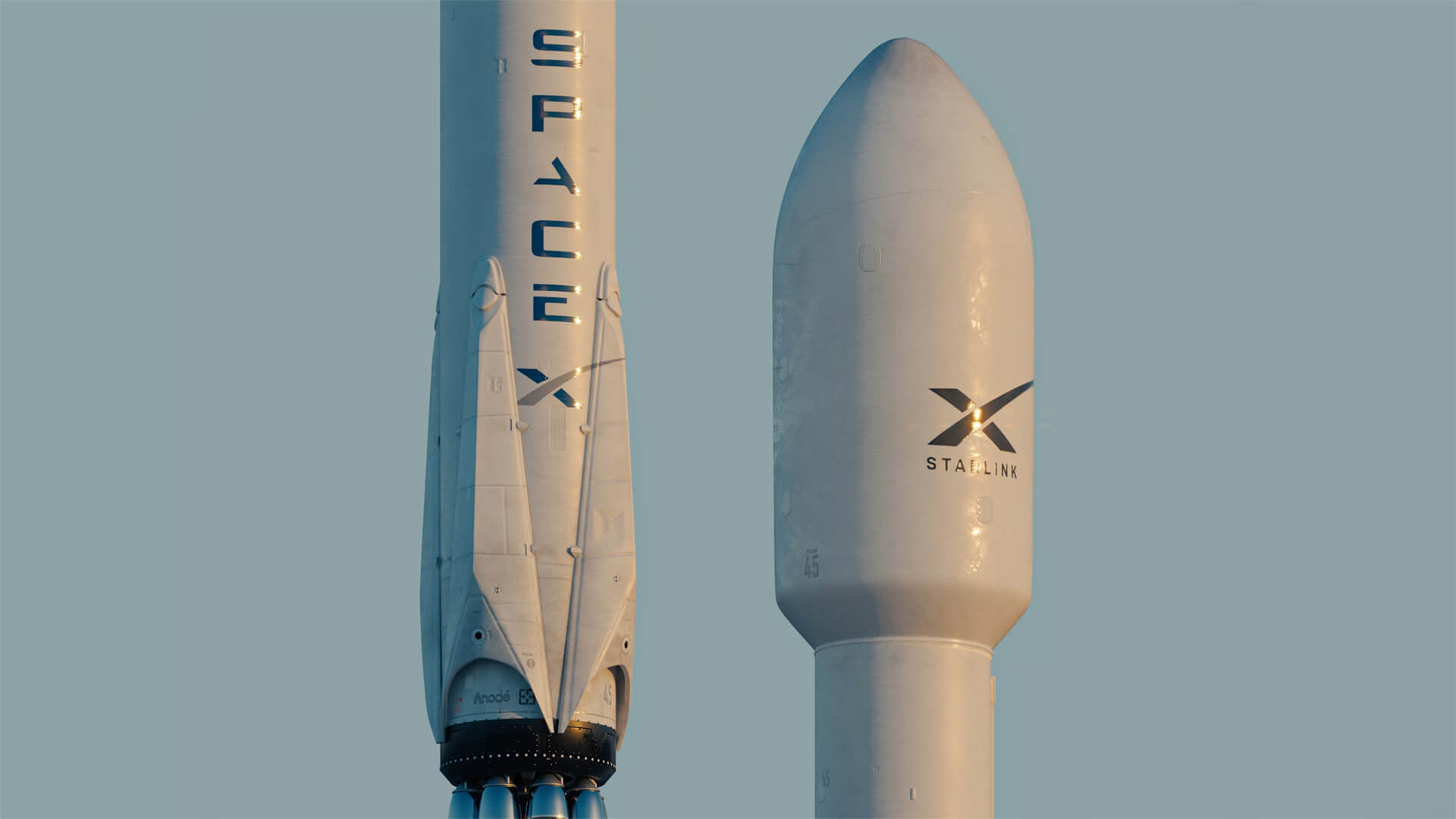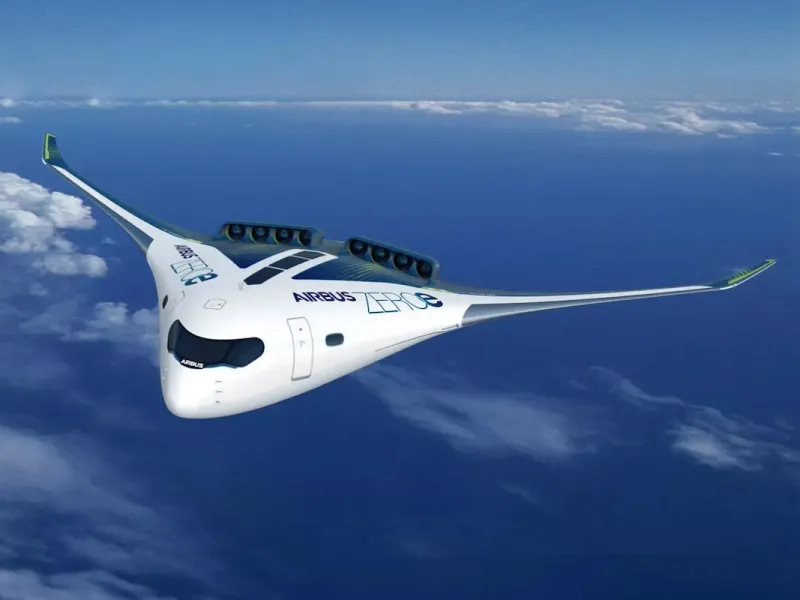With the ever-growing increase in plane usage and reliance on planes to safely travel from point A to B, an inevitable question arises; how can we be safer and more efficient when dealing with aircrafts? According to professionals, when aircraft exteriors get examined (A checks), professionals tend to spend more time inspecting “higher risk areas”, and the whole process generally takes about 6 - 24 hours with each check taking 200-600 flights between them. The whole process of exterior aircraft checks(A checks) isn't as effective, efficient, and safe as possible.
CNN’s in safety checks
A CNN is a type of machine learning model which is also called a Convoluted Neural Network. A CNN is also a more specialized type of neural network. A neural network is a type of machine learning model that tries to mimic the human brain. This model tries to find patterns and assigns weights to them. The higher the weight for a pattern, the more it's going to rely on that pattern. For example: a pattern a neural network might learn from fruits is that “if the fruit is yellow” then it is a banana so it will put a higher weight on this pattern. A CNN is a more specific version of a neural network as it is made to extract patterns from images. Neural networks and in turn CNN’s extract patterns but putting data through a series of layers from which it can extract data
For example, by building and training a CNN to differentiate between a damaged exterior piece and a non-damaged piece, we can make the visual checking process more effective, efficient,
and safe. This very example has been accomplished by others by using datasets of damaged exterior pieces and non-damaged ones when given to a CNN. This CNN basically guesses its label as damaged or non-damaged and compares its prediction to the image's true label (whether it is actually damaged or not) then using features it extracts, assigns weights to ones that may be beneficial for it to predict more accurately. This is done thousands of time to help the CNN learn and help it be more accurate

How its being implemented
Main Blades is a Dutch company that specializes in automating aircraft maintenance inspections using artificial intelligence and drone technology. Their platform streamlines the inspection process by deploying autonomous drones equipped with high-resolution cameras and AI-powered image analysis to detect surface damage on aircraft. This reduces the time and cost of inspections while increasing consistency and accuracy. The system integrates with airline maintenance software to provide real-time reporting and actionable insights.
By leveraging AI, Main Blades enhances aviation safety by improving the detection of issues such as dents, scratches, and lightning strikes that may not be easily visible through manual checks. The AI continuously learns from new data, refining its ability to identify and classify types of damage. This reduces human error and speeds up decision-making, helping airlines minimize downtime. Their solution supports both scheduled maintenance and unscheduled inspections, promoting a more proactive approach to aircraft safety.

AI’s emergence in the sky
AI has also started emerging in the sky as well as land in the field of aviation. Many companies are starting to use AI to optimize flight routes. A great example of this is Alaskan airlines which used a new AI program called Flyways during the pandemic to find out optimal flight routes while recording mileage and fuel use to determine it.
In conclusion, the integration of AI into aviation is transforming the industry by enhancing safety, efficiency, and decision-making. From predictive maintenance to intelligent air traffic control and autonomous inspections, AI-driven technologies are reducing human error and operational costs. As the industry continues to evolve, AI will play a critical role in meeting the growing demands of modern air travel. Embracing these innovations ensures a safer and more reliable future for both passengers and aviation professionals.



